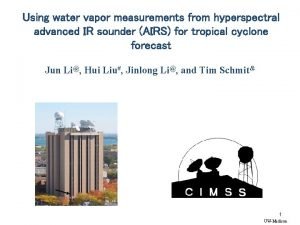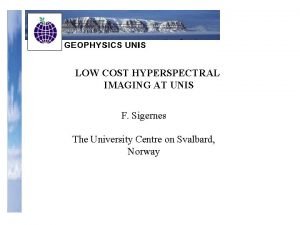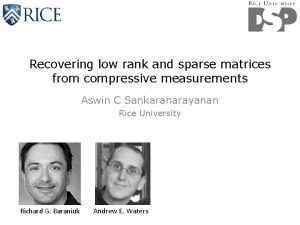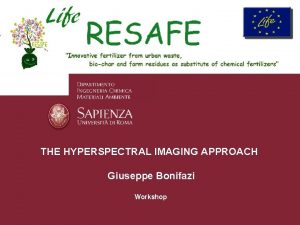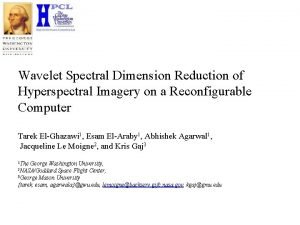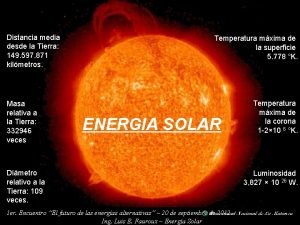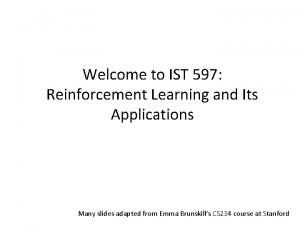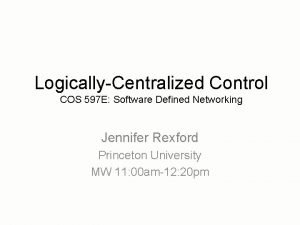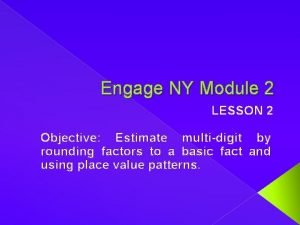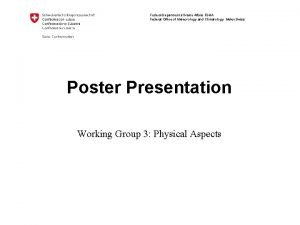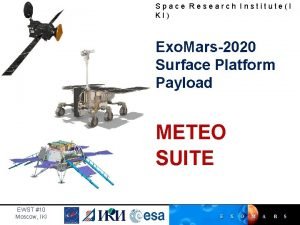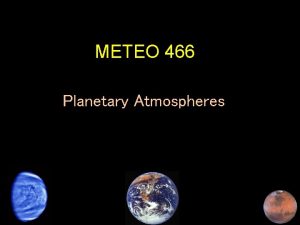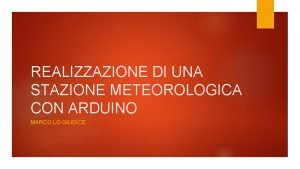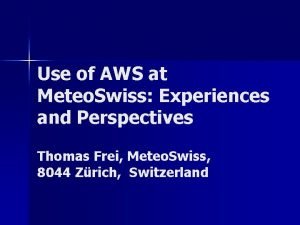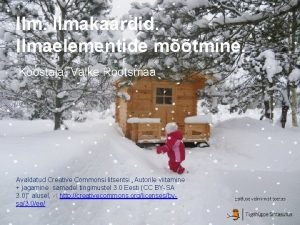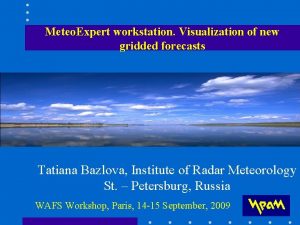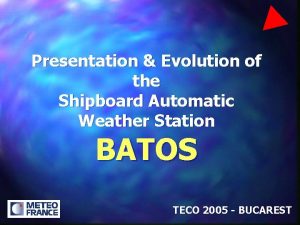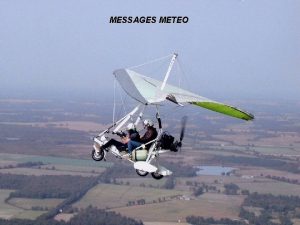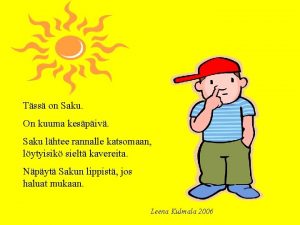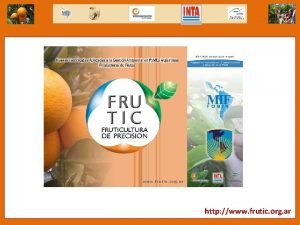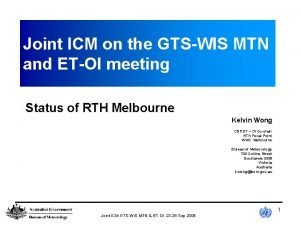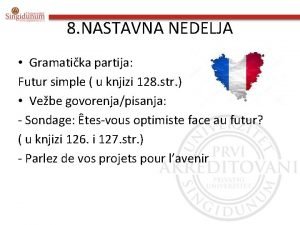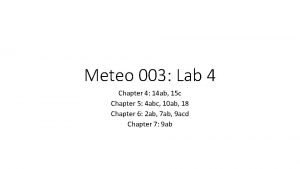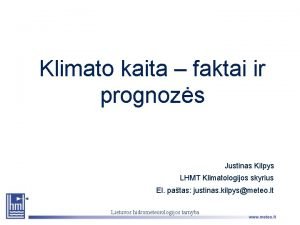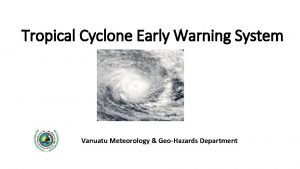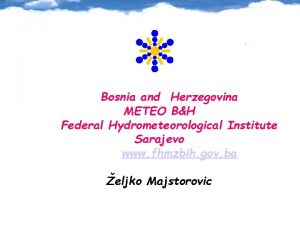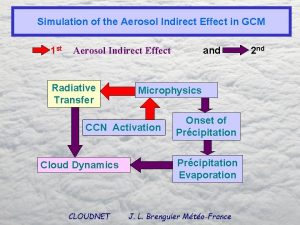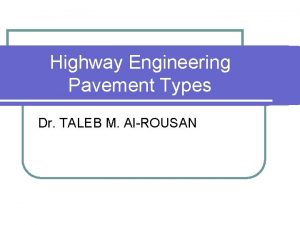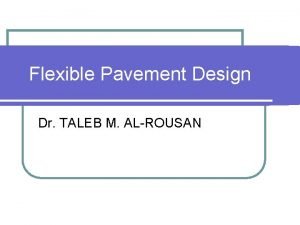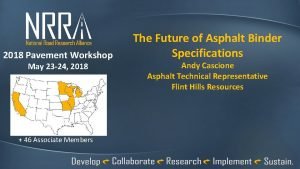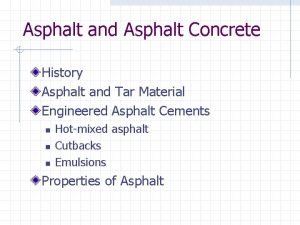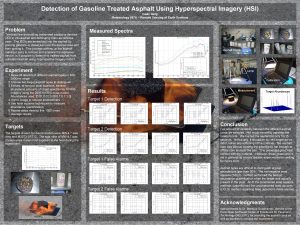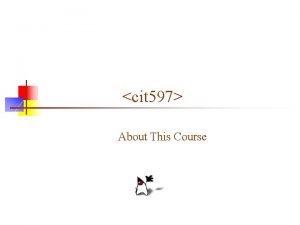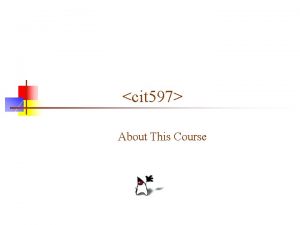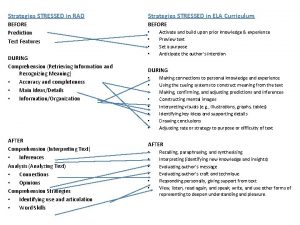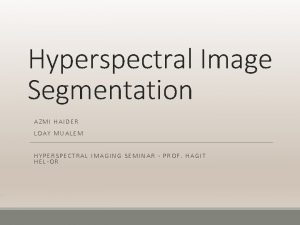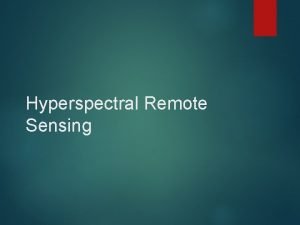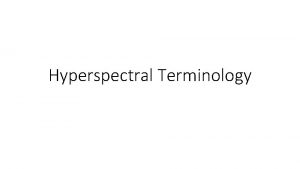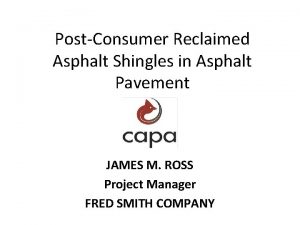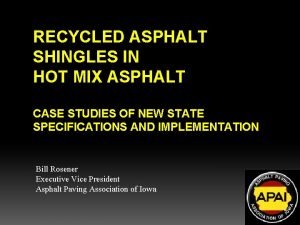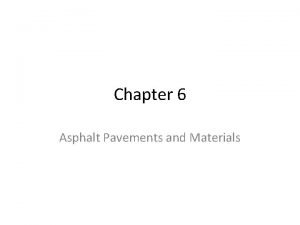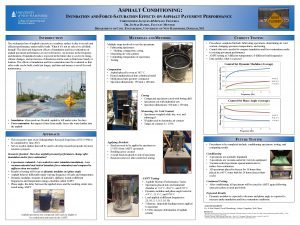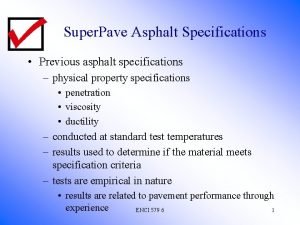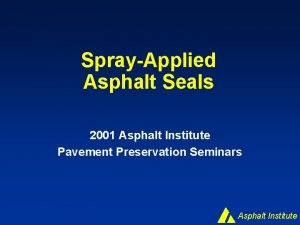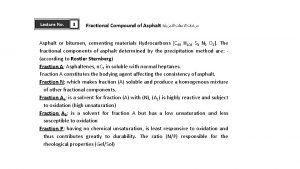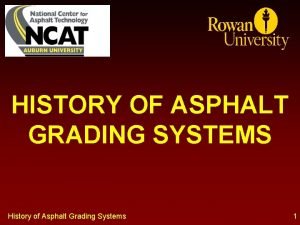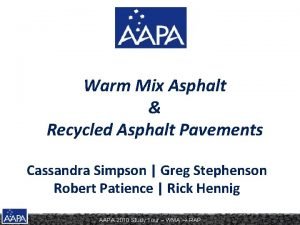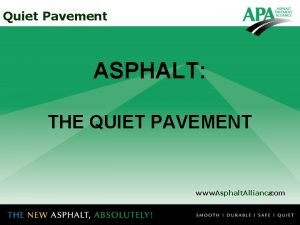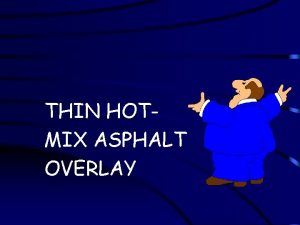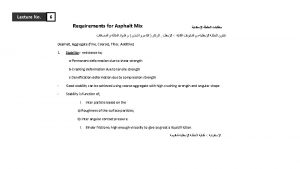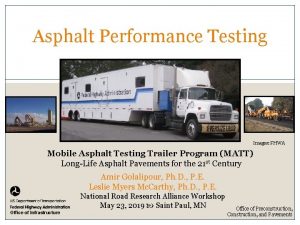Hyperspectral Detection of Stressed Asphalt Meteo 597 A





































- Slides: 37

Hyperspectral Detection of Stressed Asphalt Meteo 597 A Isaac Gerg

Fire Marshall Lampkin

Agenda • Overview of the Penn State Asphalt Laboratory • Phenomenology • Measuring asphalt spectra • Laboratory findings • Detection of asphalt targets in AVIRIS imagery • Conclusion


Sample Asphalt Cores

Aggregates

Binders

“Baking” Pans Ovens

Lamp Optics Pr Pi Lambertian Surface Fiber Optic Cable

Radiometric Processor Optics

Calibration Spectrum Calibration Plate Nearly Flat Across All λ

The Samples M 3273 -SPT 12 Montour County M 1 BCBC MW 4. 7 JB 4. 2 M 2288 -SPT 5 MD 318 25 Td

Samples Up Close

Spectrum of Sample

Spectra of Asphalt Cores

Aggregate

Spectra of Aggregates

After Pouring Gasoline On Sample Dissolved Binder

Spectra of Treated Asphalt Core

Spectra of Treated Asphalt Core - Zoom

Laboratory Findings • Fair amount of variability between the different asphalt cores we sampled – Not much variability between the treated cores – Very difficult to discriminate much less quantify • Asphalt should be burned longer – – Burned for only 10 -15 seconds Didn’t notice any softening Gasoline ran off top of sample and into pan Need for experimentation in more realistic setting Modified data analysis to distinguish between types of asphalt

Detection Experiment • • Hypothesis: It is possible to detect different asphalt types using hyperspectral imagery (HSI)? Experiment 1. Measure spectra of different asphalt types in 400 -2400 nm range 2. Choose two target asphalt types to distinguish 3. Embed, at random pixel locations, several abundance amounts of target spectra into AVIRIS imagery using the 2005 AVIRIS noise model. Abundances used: [0. 01: 0. 09 0. 1: 1. 0] 4. Unmix image to recover endmembers 5. Use least squares techniques to measure abundance quantification 6. Repeat steps three to five 1000 times 7. Average results

Spectra of Targets Target 2 Target 1

Embedded Targets Into AVIRIS Imagery

Target 1 Detection Results nnls. Matlab ucls fcls. Matlab fcls Error bars represent 95% confidence interval

Target 2 Detection Results ucls fcls nnls. Matlab fcls. Matlab Error bars represent 95% confidence interval

Target 1 False Alarm Results ucls nnls. Matlab fcls Target 1 detected when target 2 present

Target 2 False Alarm Results ucls fcls nnls. Matlab fcls. Matlab Target 2 detected when target 1 present

Conclusions • Need to reevaluate experiment using more realistic conditions • Asphalt types are difficult to distinguish at pixel abundances less than 90% • Nonnegative least squares (NNLS) performed the best at abundance quantification when the target was actually present in the pixel • All of the constrained least squares methods outperformed the unconstrained least squares (UCLS) method regarding false detections (false alarms)

Thank You • Penn State Asphalt Laboratory – Dr. Solaimanian – Scott Milander • Dr. Lampkin – Provided portable radiometer • Dr. Kane • Dr. Fantle

Questions?

Backup

Spectra of Targets Target 2 Target 1

Target 1 Detection Results nnls. Matlab ucls fcls. Matlab Only 100 trials conducted for these simulations

Target 2 Detection Results ucls fcls nnls. Matlab fcls. Matlab Error bars represent 95% confidence interval

Target 1 False Alarm Results ucls nnls. Matlab fcls Target 1 detected when target 2 present

Target 2 False Alarm Results ucls fcls nnls. Matlab fcls. Matlab Target 2 detected when target 1 present
 Hyperspectral
Hyperspectral Affordable hyperspectral imaging
Affordable hyperspectral imaging Hyperspectral
Hyperspectral Hyperspectral imaging
Hyperspectral imaging Hyperspectral
Hyperspectral 149 597 871
149 597 871 Cos 597
Cos 597 Ist 597
Ist 597 Cos 597
Cos 597 Round the factors and estimate the products exit ticket
Round the factors and estimate the products exit ticket Psu meteorology jobs
Psu meteorology jobs Meteo physic
Meteo physic Meteo mtk
Meteo mtk Meteo eart
Meteo eart Stazione meteo con arduino
Stazione meteo con arduino Meteo phase gfs
Meteo phase gfs Meteo gov ge batumi
Meteo gov ge batumi Swiss meteo
Swiss meteo Meteo.physic
Meteo.physic Meteo expert
Meteo expert Meteo uwb
Meteo uwb Meteo batos
Meteo batos Few sct bkn
Few sct bkn Trebi meteo
Trebi meteo Meteo france
Meteo france Red meteo
Red meteo Mtn
Mtn Le future simple
Le future simple Meteo 3 psu
Meteo 3 psu Lhmt
Lhmt Vanuatu meteorology
Vanuatu meteorology Météo blue foix
Météo blue foix Meteo bh
Meteo bh Météo france
Météo france Modello meteo americano
Modello meteo americano Contained rock asphalt mat
Contained rock asphalt mat Asphalt pavement design example
Asphalt pavement design example Rowe asphalt paving
Rowe asphalt paving
